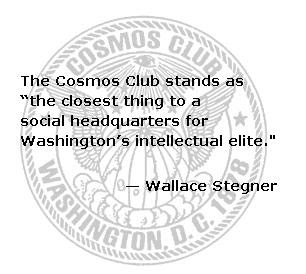
"The stone, now weathered and chipped, has two horizontal cracks, both of which have grown in width and length over the years, cemetery officials say. One crack is 28.4 feet long; the other is 16.2 feet long."The marble for the Tomb came from the Yule Marble Quarry in Marble, Colorado. It's the official Colorado State rock, and Wikipedia's article says that
"It is famous for its uniform pure white consistency, lacking, for the most part, the gray streaking commonly found in other marble such as that found in Vermont. The rock is named for George Yule, a mining engineer who discovered and realized the value of the marble deposit. The Yule Marble deposit is among the largest in the world and, at 99.5% pure calcite, it is one of the purest marbles ever quarried."It's also been used in the Lincoln Memorial, the Colorado State Capitol building and the Equitable Building skyscraper in New York City.
Currently, the discussion is over whether to continue repairing the cracks (which has already been done twice, won't stop the cracks from spreading, and will only return the monument to an "acceptable" appearance), or to replace the tomb entirely with new marble. The Arlington National Cemetery Tomb of the Unknowns Monument Repair or Replacement Project (what a name!) recommends replacing the marble, but the National Trust for Historic Preservation objects to it, mainly because the Cemetery wants to replace it with marble from the same quarry, which is just as likely to crack.
The Post article reports that "an amendment sponsored by Sens. Daniel K. Akaka (D-Hawaii) and James Webb (D-Va.) was attached to this year's defense authorization bill, which was signed Monday by President Bush, according to a spokeswoman for Webb. The amendment blocks replacement, but not repair, of the monument, pending a review of its condition and the feasibility of replacing it."
As a geologist, I have to agree with the NHTP: Even if the marble looks pretty, getting a replacement block from the same place the first one came from is only delaying the inevitable. Unfortunately, marble has a habit of cracking along mineralized veins anyway, so it's not likely that Cemetery officials will be able to come up with a better alternative without changing the type of stone altogether - which won't happen, since the Tomb then wouldn't match the marble in the surrounding amphitheater. But the repair jobs aren't all that pretty either, and since the cracks already go partially through the marble (and will eventually extend completely through it), the Tomb is obviously unsound.
There's also the consideration that because the Tomb is marble, it's more affected by chemical and physical weathering than some other building materials - and there's enough acidity in rain in the DC area that it's starting to look pretty shabby. (A 1990 study reported 2.85 mm lost from the surface of the marble, and concluded that by 2010 it would be so bad that they'd either have to replace it anyway, or encase it somehow.)
So what's to be done? For the time being, the Army, which operates the Cemetery, says repair. An Army spokesman quoted in the article says that it "doesn't look like the Army is going to pursue replacing the stone" and that "The issue has already been resolved." Judging from the Senate maneuvering, this probably isn't the case (as with all Washington decisions, it will likely be argued over but never really resolved), but it seems that the Army has the last say.
It's a sad state of affairs for a very solemn memorial. I can only hope the Army's decision doesn't leave them with an even more delapidated monument - or worse, several pieces of one.




























